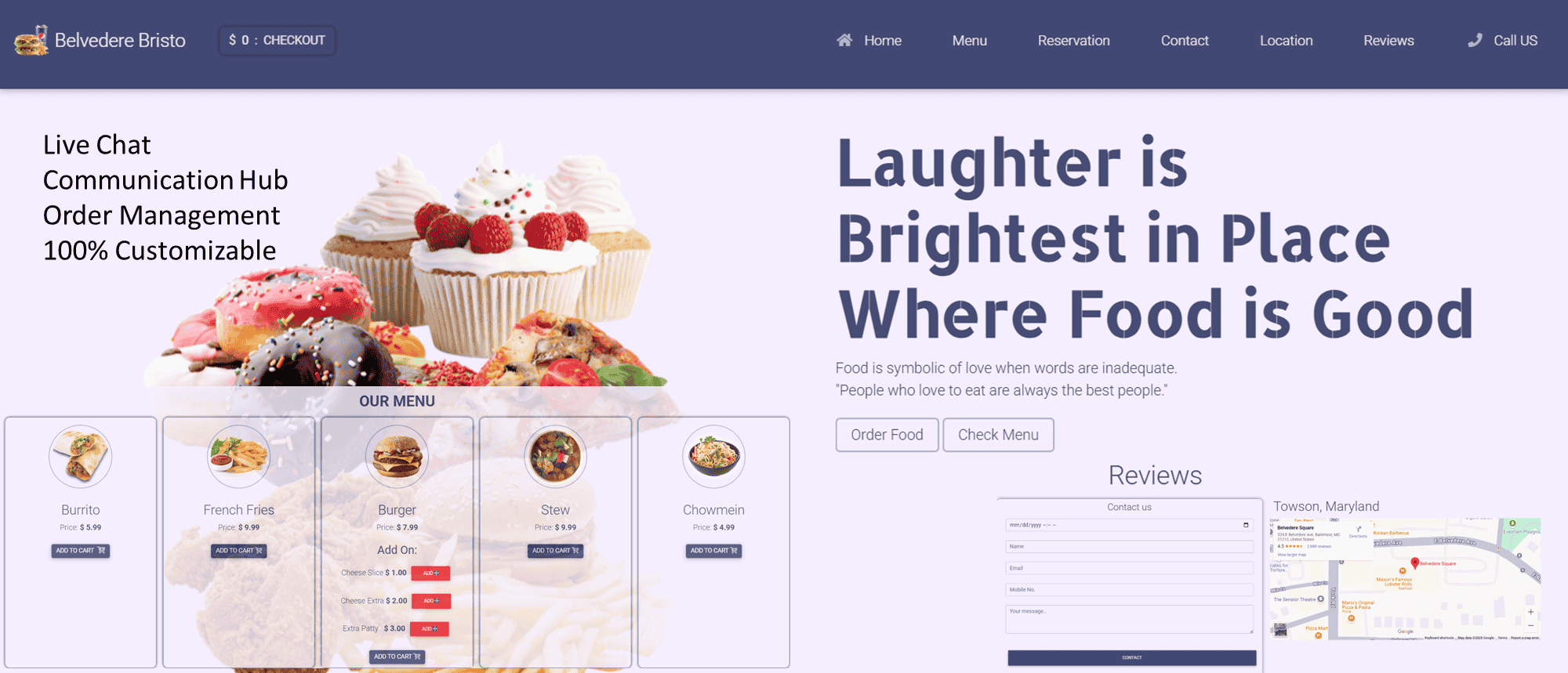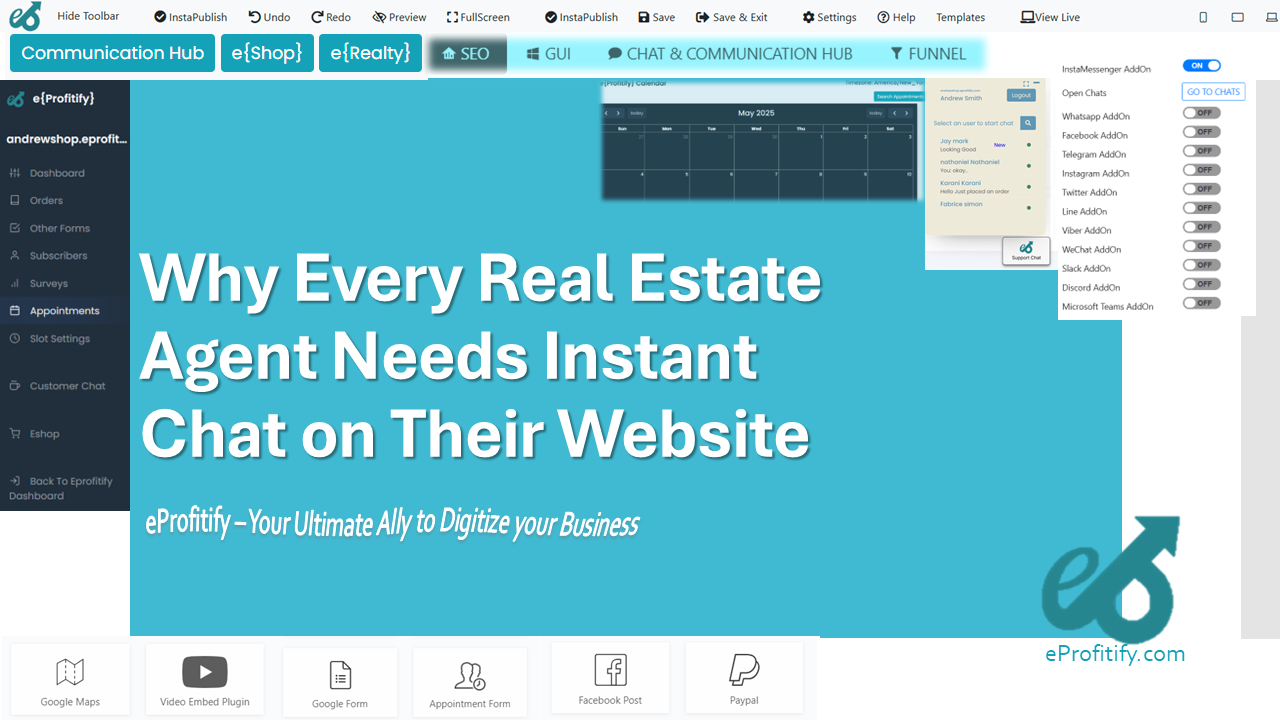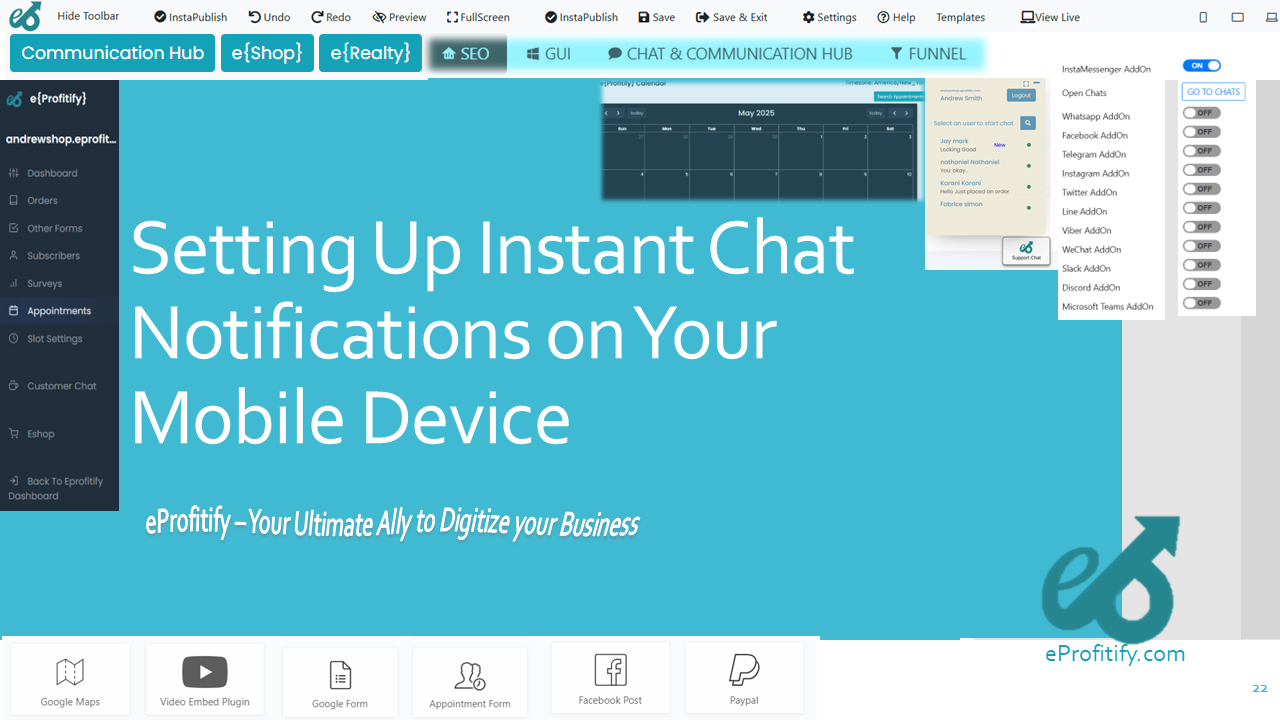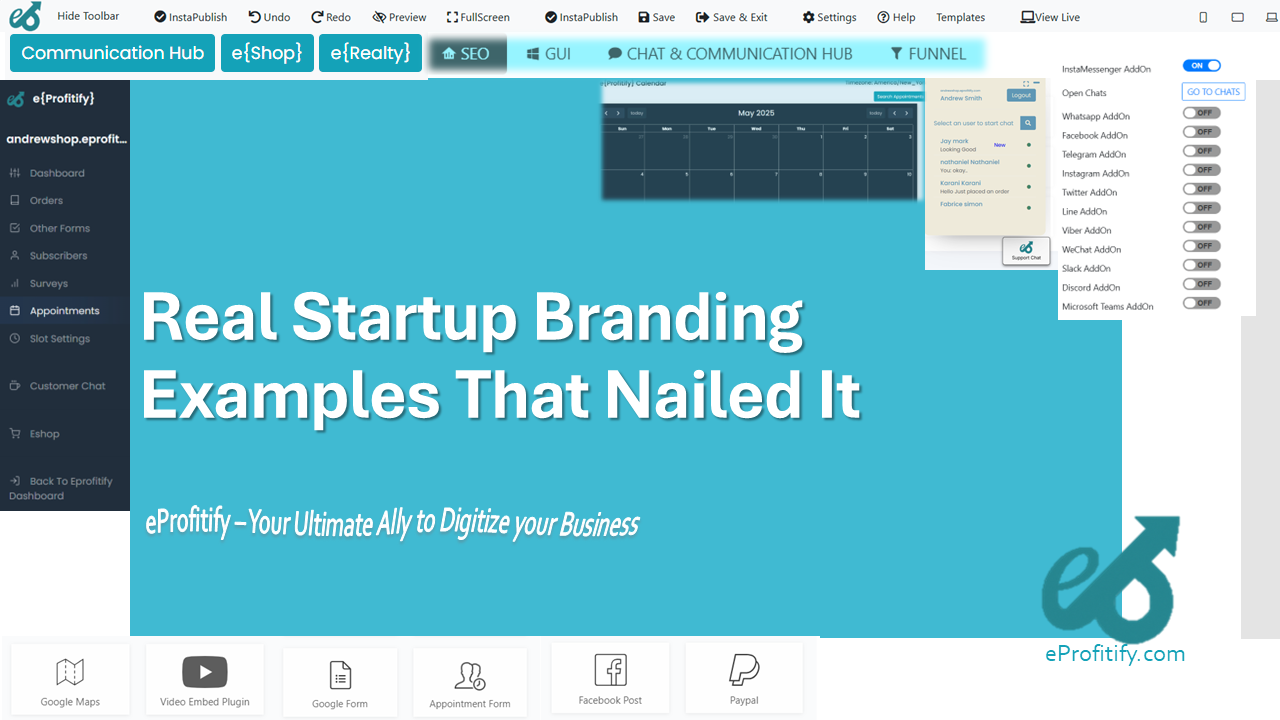Best Practices for Conducting Market Analysis
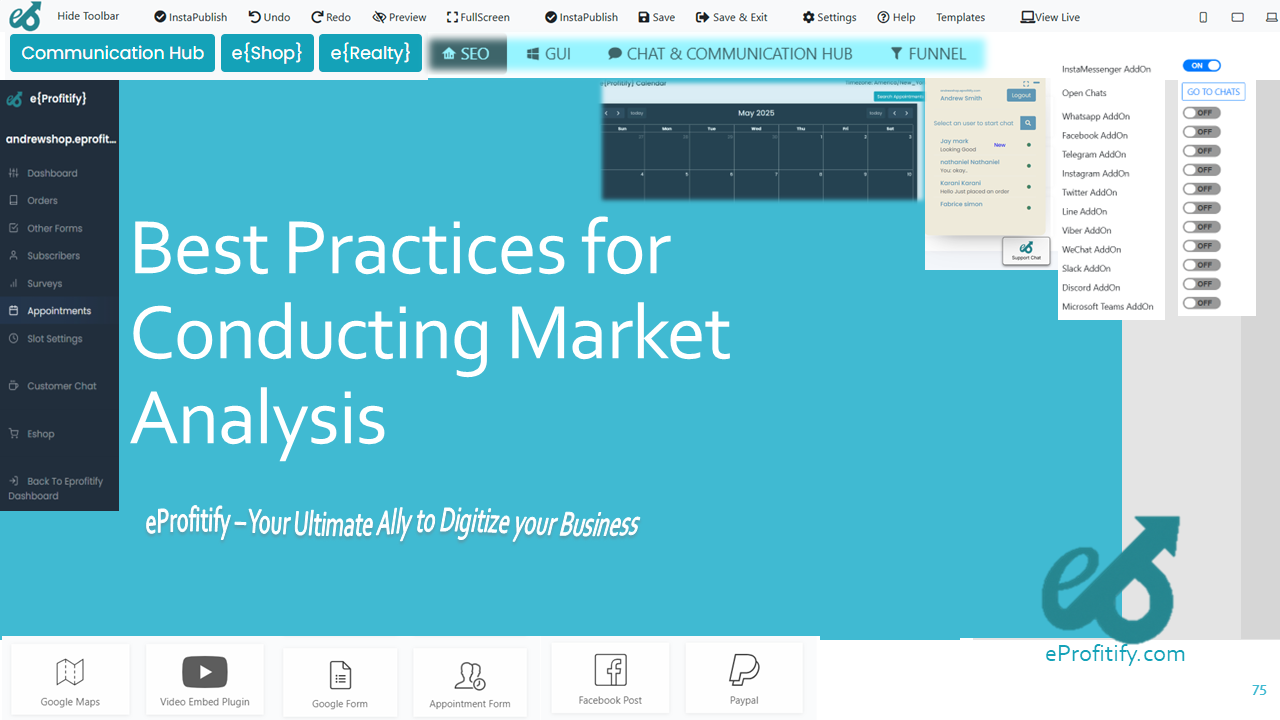
Best Practices for Conducting Market Analysis
Leveraging Data, Technology, and Tools like eProfitify for Strategic Insights
Introduction
Market analysis is a cornerstone of business strategy, enabling companies to understand industry dynamics, customer behavior, and competitive landscapes. With 72% of businesses attributing their growth strategies to robust market analysis (Statista, 2022), adopting best practices is critical. This guide explores key methodologies, supported by statistics, and highlights how platforms like eProfitify streamline the process with integrated tools.
1. Define Clear Objectives and Scope
Start by outlining goals: Are you entering a new market, launching a product, or optimizing pricing? Clear objectives guide data collection. For instance, 60% of successful startups align their market analysis with specific KPIs like market share or customer acquisition costs (Gartner, 2023).
2. Conduct Thorough Industry Research
Analyze market size, growth rates, and trends. Use resources like IBISWorld or government databases. In 2023, the global ecommerce market reached $5.8 trillion, underscoring the need for sector-specific insights (eMarketer). Tools like eProfitify’s website analytics simplify tracking visitor behavior and SEO performance, enhancing content strategies tied to market trends.
3. Analyze Competitors Strategically
Identify direct and indirect competitors. Tools like SEMrush or Ahrefs reveal competitors’ SEO and marketing tactics. Studies show businesses conducting competitive analysis grow 33% faster (Crayon, 2022). eProfitify’s CRM integrates competitor data tracking, helping businesses benchmark strategies and identify gaps.
4. Understand Your Target Audience
Segment audiences demographically, geographically, and behaviorally. Personalized marketing boosts conversion rates by 80% (McKinsey, 2023). eProfitify’s CRM and instant messaging tools capture real-time customer feedback, enabling sentiment analysis and tailored campaigns. For example, its appointment management system identifies peak engagement times, refining service offerings.
5. Leverage Data Analytics for Insights
Use quantitative (surveys, sales data) and qualitative (interviews) methods. Companies using analytics are 23x more likely to acquire customers (Forrester, 2021). eProfitify’s dashboard aggregates ecommerce sales, website traffic, and CRM data, offering AI-driven insights for actionable strategies.
6. Monitor Market Trends Continuously
Stay updated on technological, regulatory, and cultural shifts. AI adoption in market analysis is projected to grow by 25% annually (Grand View Research, 2023). eProfitify’s trend alerts and content management tools help businesses adapt quickly, such as optimizing for voice search or sustainability trends.
7. Conduct SWOT Analysis
Evaluate strengths, weaknesses, opportunities, and threats. Brands using SWOT see 20% higher ROI on marketing spend (Harvard Business Review, 2022). eProfitify’s integrated tools simplify tracking internal metrics (e.g., customer retention) and external factors (e.g., competitor launches).
8. Embrace Technology for Efficiency
Automation reduces manual errors and speeds up analysis. CRM tools improve sales productivity by 34% (Salesforce, 2023). eProfitify stands out with features like:
- Ecommerce Integration: Track purchasing patterns and inventory.
- Instant Messaging: Analyze customer queries for real-time insights.
- Appointment Management: Optimize service scheduling based on demand.
9. Validate and Update Findings Regularly
Reassess assumptions with A/B testing and pilot campaigns. Markets evolve rapidly—42% of businesses update analyses quarterly (Deloitte, 2023). eProfitify’s reporting tools facilitate ongoing validation, ensuring strategies remain data-driven.
Conclusion
Effective market analysis blends structured methodologies with advanced tools. Platforms like eProfitify empower businesses through seamless integration of CRM, analytics, and customer engagement features, translating insights into growth. By adhering to these best practices—and leveraging technology—companies can navigate competitive landscapes with confidence.
Key Statistics Highlighted:
- 72% of businesses use market analysis for growth (Statista).
- AI in market analysis grows 25% annually (Grand View Research).
- CRM increases sales productivity by 34% (Salesforce).
- Personalized marketing boosts conversions by 80% (McKinsey).
eProfitify’s Role:
- CRM for customer segmentation and retention.
- Ecommerce tools for sales trend analysis.
- Instant messaging and appointment systems for real-time feedback.
- Integrated analytics for SWOT and competitive benchmarking.
By adopting these strategies and tools, businesses can transform data into actionable insights, driving sustainable success.
